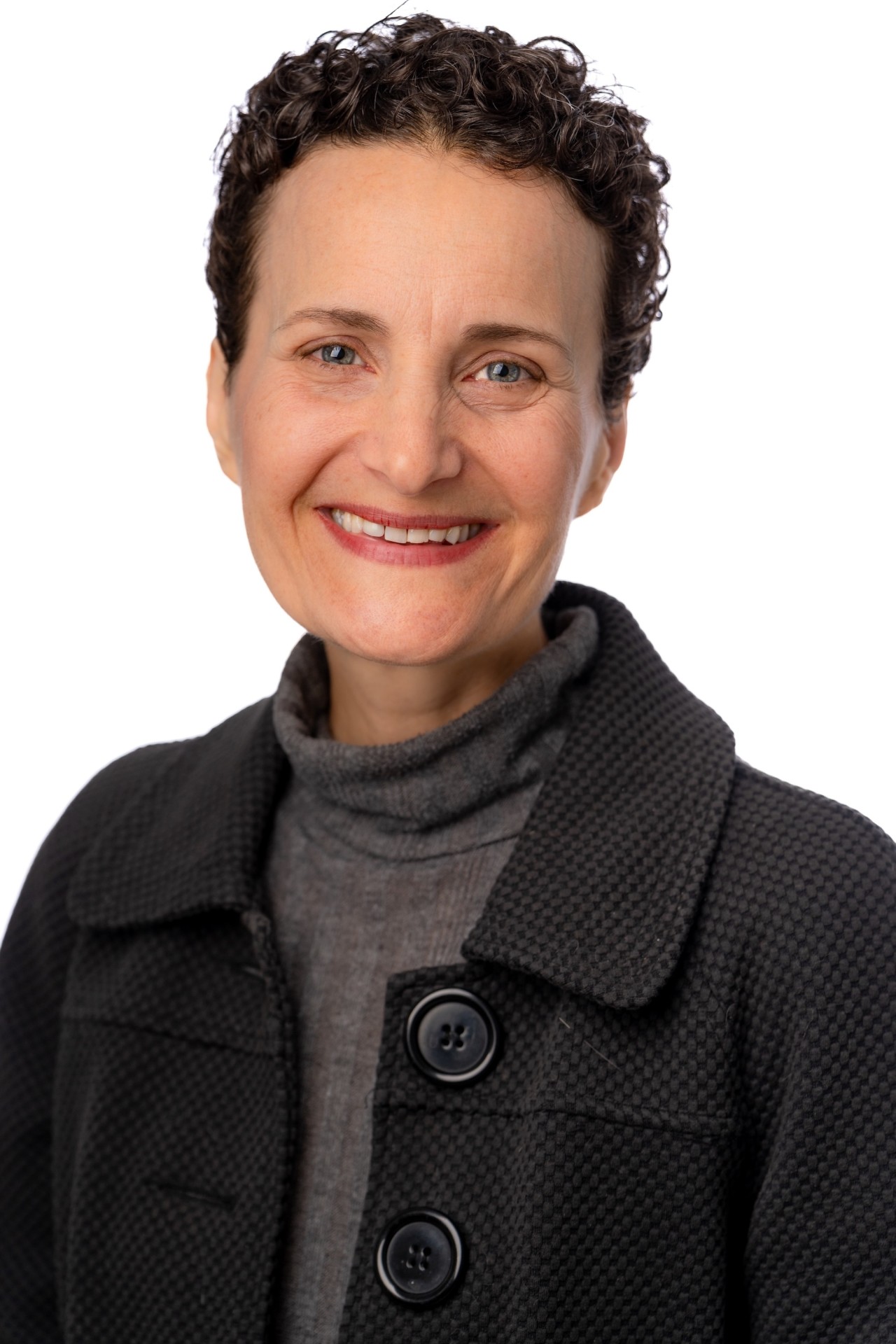
How I Got Into This Field
My Story
The Early Instincts of Science and Art
From a young age, I was drawn to the intersection of natural biology and creative expression. I remember being five or six years old, filling a paper cup with water, plucking flower petals from around the yard, and rubbing each one before dropping it in—intuitively releasing its fragrance. Looking back, I realize this mirrored the principles of essential oils, an instinctive blend of science and artistry that set the foundation for how I would come to understand the world.
Movement was my first form of expression. I started gymnastics at two, channeling strength and energy through physical form. In grade school, I played the flute, exploring the lyrical nature of the instrument. At eleven, I took up cheerleading—a collaborative way to express my energy, and a break from the other more cerebral pursuits of school. A few years later, I joined a choir, where I discovered the fine control I could have over sound and how singing engaged my entire body in both creativity and connection. As a teenager, I expanded into theater, set design, and musicals—a necessary counterbalance to my studies in chemistry, biology, calculus, and physics.
These experiences didn’t teach me how to express myself; they gave me opportunities to do so naturally. Singing in a choir was particularly powerful—I didn’t just hear the harmonies; I felt them. Standing in the center of an ensemble, I physically experienced each chord’s vibration. On rainy days, when the wooden chapel roof soaked up the moisture, the chordal overtones seemed to take on a life of their own, as if another choir were singing down at us.
A Natural Affinity for Biology and Balance
At the same time, I was fascinated by the natural world—how cells and planets mirrored each other, how everything in nature fit together in intricate yet harmonious ways. I gravitated toward chemistry, biology, and physics, just as I did whole foods and herbs. I had an innate sense of how things functioned, whether it was in the human body or the physical world. Even in gymnastics and cheerleading, I instinctively understood body alignment, balance, and composition without having to analyze them.
In my adult education, I chose to study biochemical engineering because it combined biochemistry with design, and I wanted to create health innovations. The years of calculus, physics, and various branches of chemistry were deeply engaging, providing me with an invaluable foundation. However, I ultimately found the field too entwined with processed medicine and industrialized food. I wanted to work with health in a way that aligned with nature rather than altering it.
Design Thinking: A New Lens on Problem-Solving
As a counterbalance to the rigid structures of engineering, I turned to interior architecture—a field that was pure design, where space itself became the medium for problem-solving. I found the experience both refreshing and formative. It taught me how to work with a blank canvas, navigate open-ended design challenges, and document existing conditions—skills that, surprisingly, became essential in my approach to health. (And occasionally, I put them to practical use around the house—perhaps I should include a photo of the drawers I designed and built under our stairway!) Yet, despite my enjoyment, I missed the intricate biological tapestry of the human body. I wanted to merge my science and design backgrounds to solve problems in a physiological medium.
Merging Science, Intuition, and Holistic Health
So I returned to school, this time earning a master’s degree in holistic nutrition. I wrote my thesis on holistic nutrition for non-Hodgkin lymphoma, initially intending to specialize in cancer care. And I did. But I eventually realized that cancer is never isolated—it exists within a broader web of chronic health patterns. My work expanded as I addressed both the root causes of cancer and the complex, interconnected imbalances that accompany it. Over 23 years, I’ve worked one-on-one with more than 7,000 clients across 22 countries, analyzing over 10,000 holistic health footprint data sets. This cumulative experience has given me a level of insight that is both unique and deeply informed.
For me, art and science have always been two halves of the same whole—one giving context and depth to the other. This interplay has led me to the field of holistic health, where I approach each case as a dynamic, three-dimensional system. When I analyze someone’s health, I don’t just see a list of symptoms or test results—I see an evolving picture of how your body is actually functioning, regardless of what conventional models might suggest. My role is to create an accurate representation of that system and build a path toward healing from there.
Holistic health is about so much more than protocols; it’s about empowerment. I help clients see how their body’s chemistry and energy interact so they can create their own state of balance. Healing is dynamic, not static, and I bring both scientific insight and intuitive understanding to guide each person through that process.
